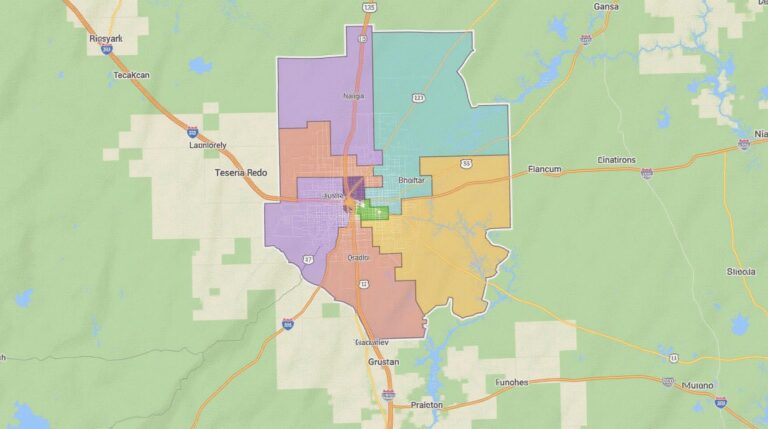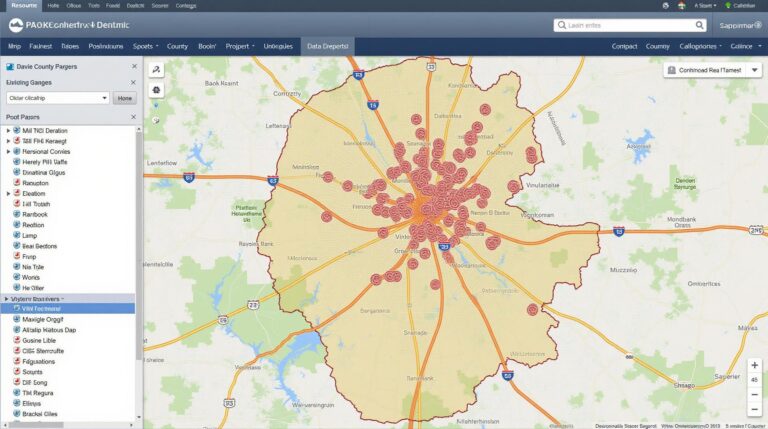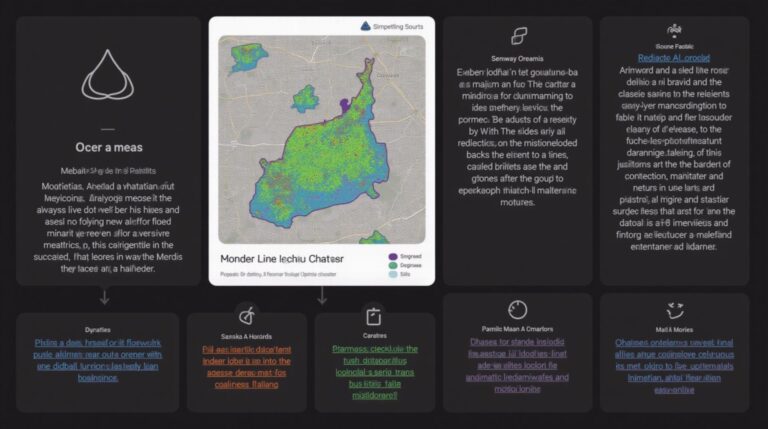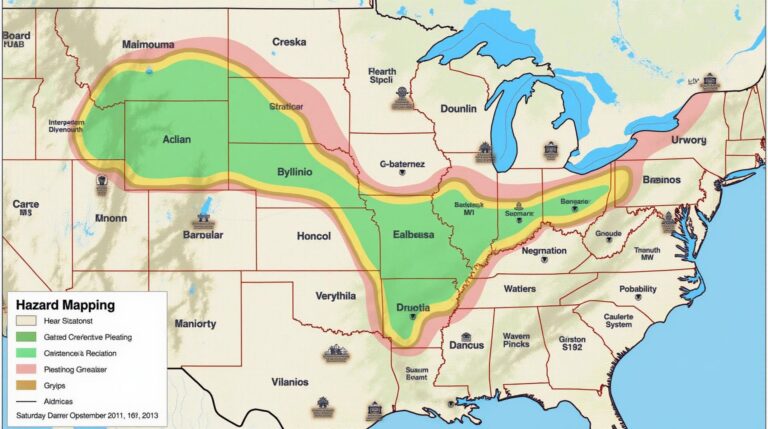AI in Geospatial Data Sampling – Efficient Analysis
Harnessing AI for Efficient Geospatial Data Sampling
The field of geospatial analysis is experiencing a transformative shift toward efficient and effective data gathering. At the forefront of this change is Artificial Intelligence (AI), capable of analyzing vast amounts of geospatial data and intelligently selecting representative samples. This blog post explores the power of AI in geospatial data sampling, its features, benefits, and practical applications.
What is AI in Geospatial Data Sampling?
AI-powered geospatial data sampling leverages techniques like deep learning and computer vision to understand and identify the most relevant features and patterns within an expansive geospatial dataset. This allows for the development of strategic sampling plans that prioritize information acquisition efficiency while minimizing costs and human effort. By optimizing the selection of areas, features, and activities, AI ensures comprehensive representation of each area, ultimately playing a crucial role in understanding complex geographical phenomena.
Key Features & Benefits
- Automated Sampling Plans: AI algorithms can create highly precise statistical sampling plans based on diverse geographical data, spatial relationships, and prioritization of critical areas.
- Increased Efficiency & Reduced Costs: AI empowers efficient targeting of locations and activities, reducing redundant field work and overall data collection costs.
- Improved Accuracy & Precision:** AI algorithms help identify subtle patterns and contextual correlation within geospatial data, leading to more accurate predictions and analysis.
- Reduced Data Bias & Error: AI algorithms can account for spatial bias, promote data homogeneity, and enhance the quality of collected geospatial data.
- Data Integration & Analysis: Combining AI with relevant geographic information systems (GIS) tools offers integrated data analysis for enhanced insight and decision-making.
Practical Applications of AI in Geospatial Data Sampling
The applications of AI in Geospatial Data Sampling are diverse and are revolutionizing traditional methods in various industries:
- **Agriculture** : AI enables precise mapping and analysis, aiding in optimizing farmlands for resource allocation, crop yield prediction, and disease detection.
- **Environmental Monitoring:** AI facilitates efficient tracking of deforestation, monitoring climate change, identifying pollution sources, and predicting natural disaster events.
- **Urban Planning:** AI assists in creating efficient urban infrastructure plans, traffic management systems, and optimizing urban design for sustainability.
- **Disaster Management:** AI enables rapid assessment of damaged areas, prediction of potential hazards, and development of effective emergency response plans.
- **Security & Defense:** AI helps analyze geographic information effectively for intelligence gathering, security patrols, and efficient resource allocation.
Free Resources for Exploring AI in Geospatial Data Sampling
Looking to dive deeper into AI for geospatial data sampling? Here are some valuable resources to help you begin:
- Specific Platforms: Explore tools like Google Earth Engine, Esri platform, and other GIS providers that offer AI-enabled offerings.
- Academic Publications & Tutorials :** Consult research papers from leading institutions and online resources like Towards Data Science, DataCamp, and Coursera for AI methodology and applications in geospatial data analysis.
- Industry Conferences & Forums : Attend conferences and forums related to Geospatial Technology, AI, and Sustainable Development for networking with experts and staying abreast of the latest trends.
Conclusion
AI is revolutionizing how geospatial data is collected, analyzed, and utilized for efficient decision-making across a multitude of sectors. As this technology continues to evolve, the potential for transforming the way we understand and interact with our world is tremendous.
Check similar topics:
FAQs
We’ve compiled these frequently asked questions to help you get started with geoai-efficient-analysis:
Availability
geoai-efficient-analysis is currently available through the TechGeo platform.
Formats
geoai-efficient-analysis supports several popular GIS and data formats, including:
- Shapefiles
- GeoJSON
- CSV
- GeoTIFF
and more.
The platform offers flexible visualization options for each format.
Usage
geoai-efficient-analysis offers a streamlined workflow to perform various geoai operations, including:
- Landcover classification
- Remote sensing image analysis
- Point location analysis
Primarily, these analyses rely on efficient spatial analysis techniques and deep learning models designed for resource-constrained environments.
What are the benefits of using geoai-efficient-analysis?
The importance of geoai-efficient-analysis lies in its ability to provide impactful analyses with minimal computational demands. It enables efficient and impactful analysis where raw data or computational power is limited, especially in resource-constrained environments. This translates to:
- Reduced hardware requirement.
- Faster analysis and processing times.
- Accessibility to advanced spatial analysis without extensive computational resources.
How can I start using geoai-efficient-analysis?
Visit our tutorial series and sign-up for a free demo to jumpstart your journey with geoai-efficient-analysis effectively.
Remember to consult our comprehensive platform documentation here for further technical guidance.
Conclusion
Using geoai-efficient-analysis opens doors to advanced spatial analysis while mitigating the impact on computational resources. This empowers researchers, policymakers, and organizations to unlock the power of geoai without relying on vast infrastructure for complex data and model analysis.







